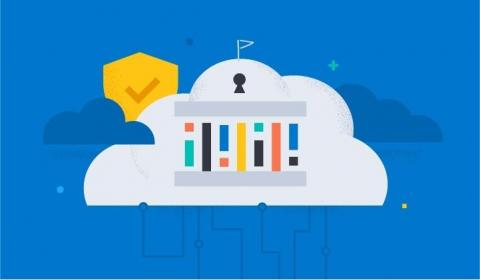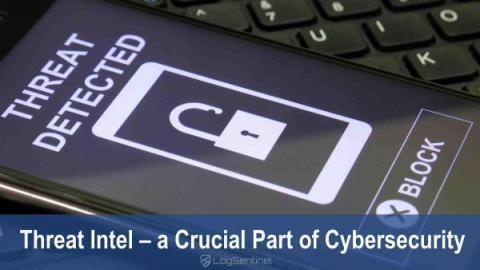Enhance Your Security Operations with SciSec Activeboards
With the overwhelming amounts of data, security teams need dynamic, real-time visualization capabilities to quickly make sense of the data they need to manage so they can take action where needed and convey the status of their security posture. Devo makes these objectives easy to accomplish using Activeboards.











